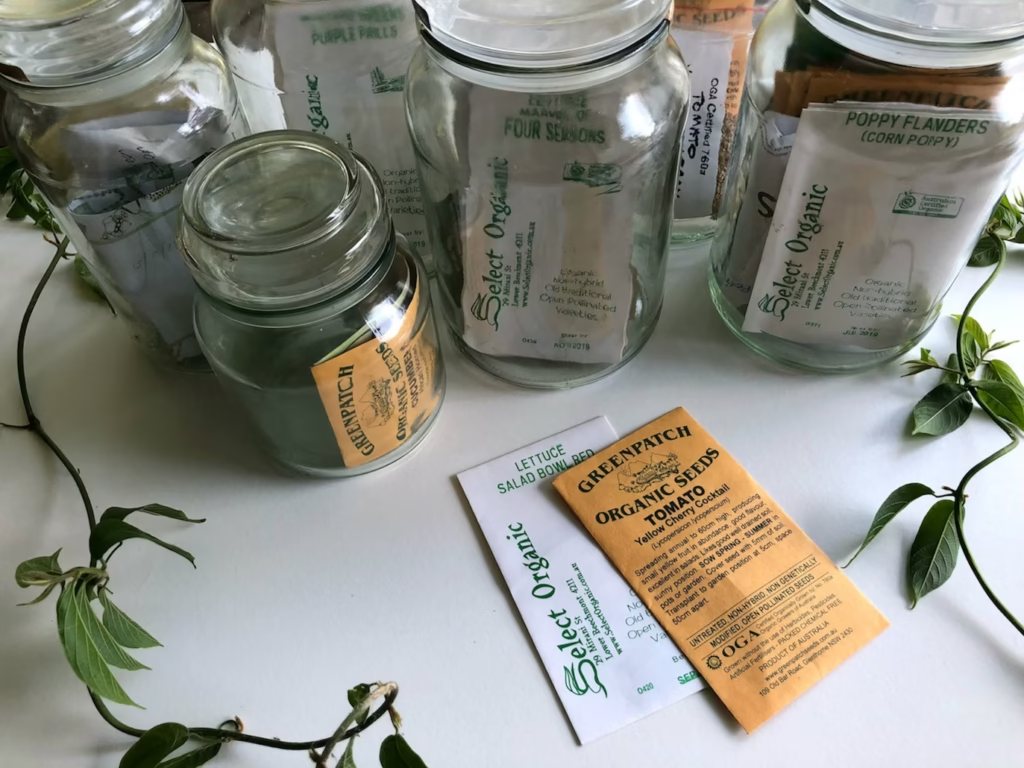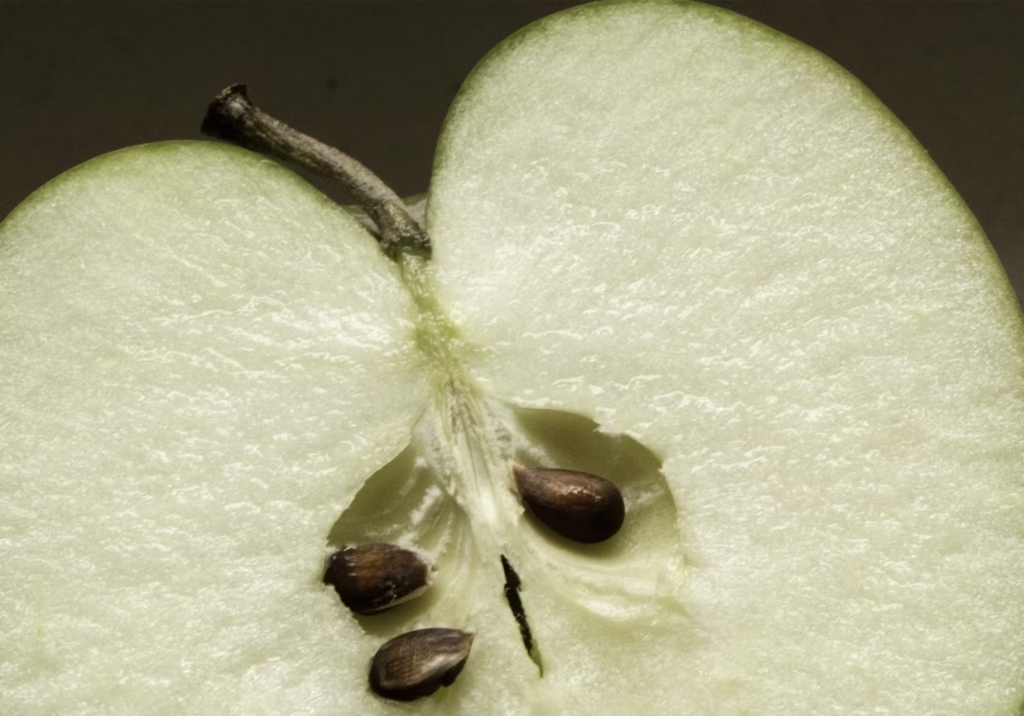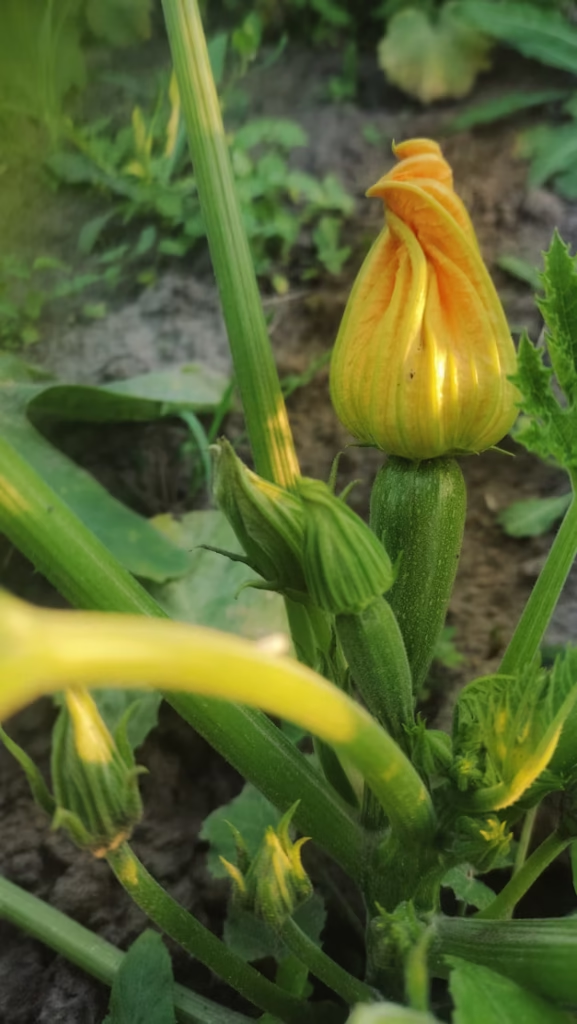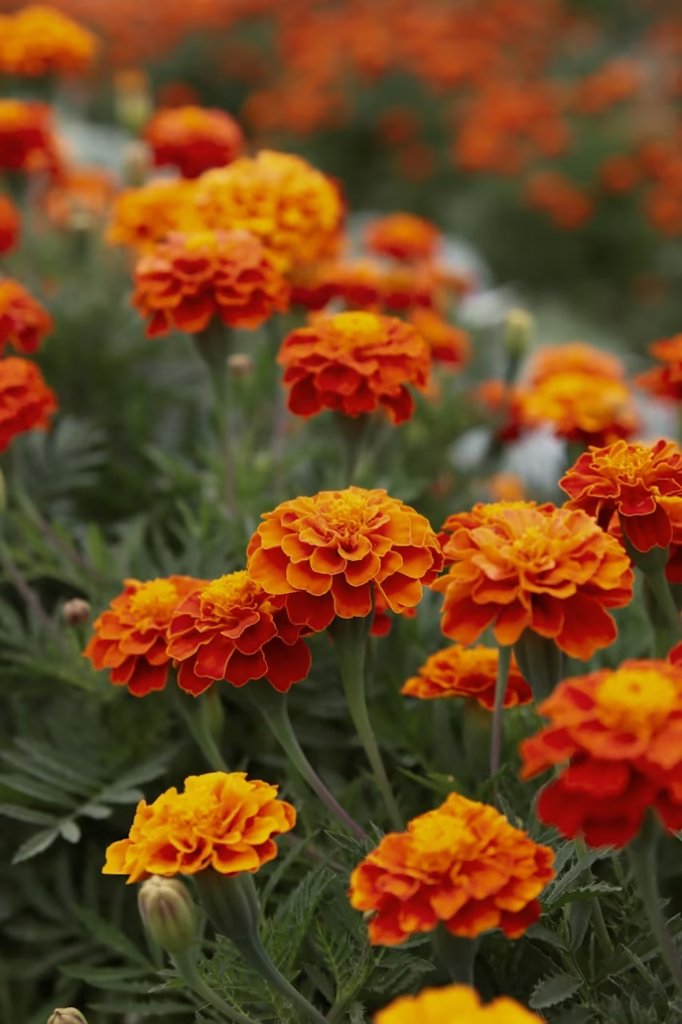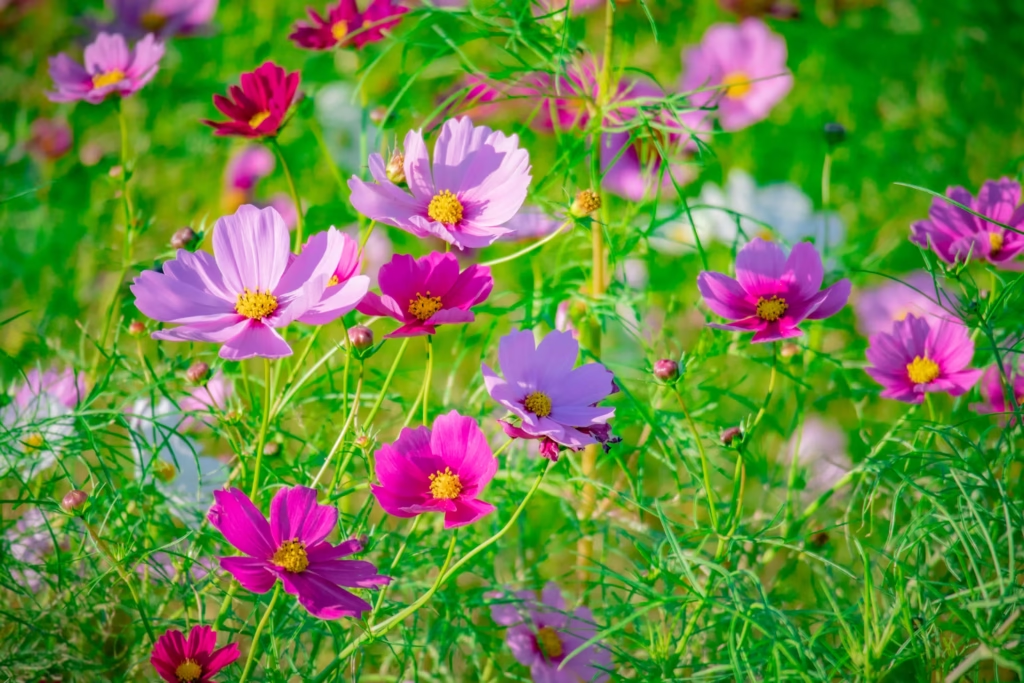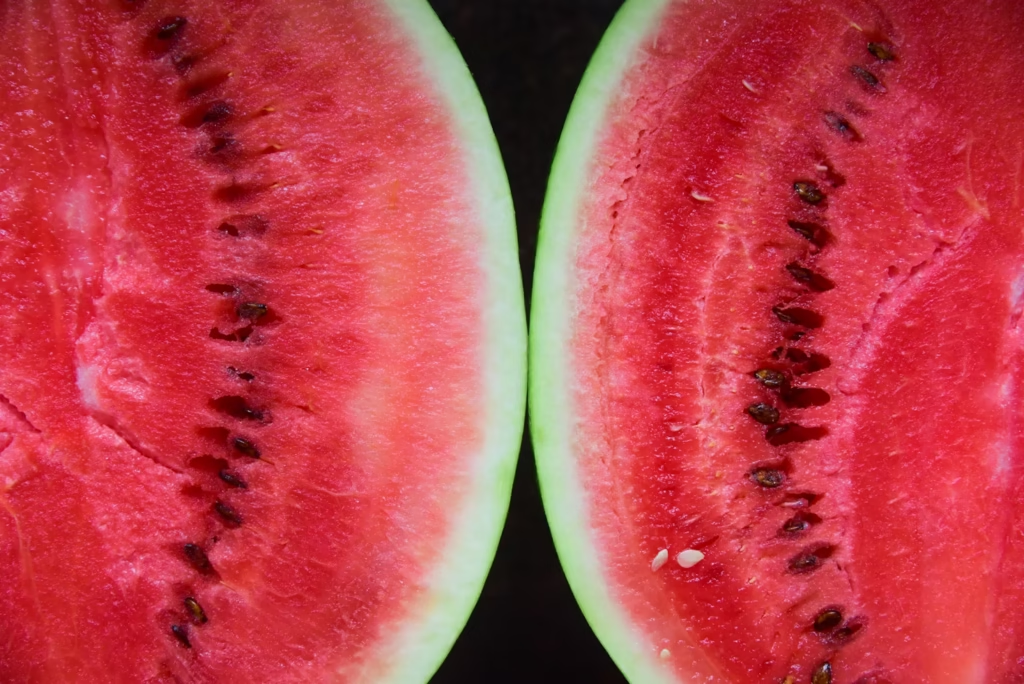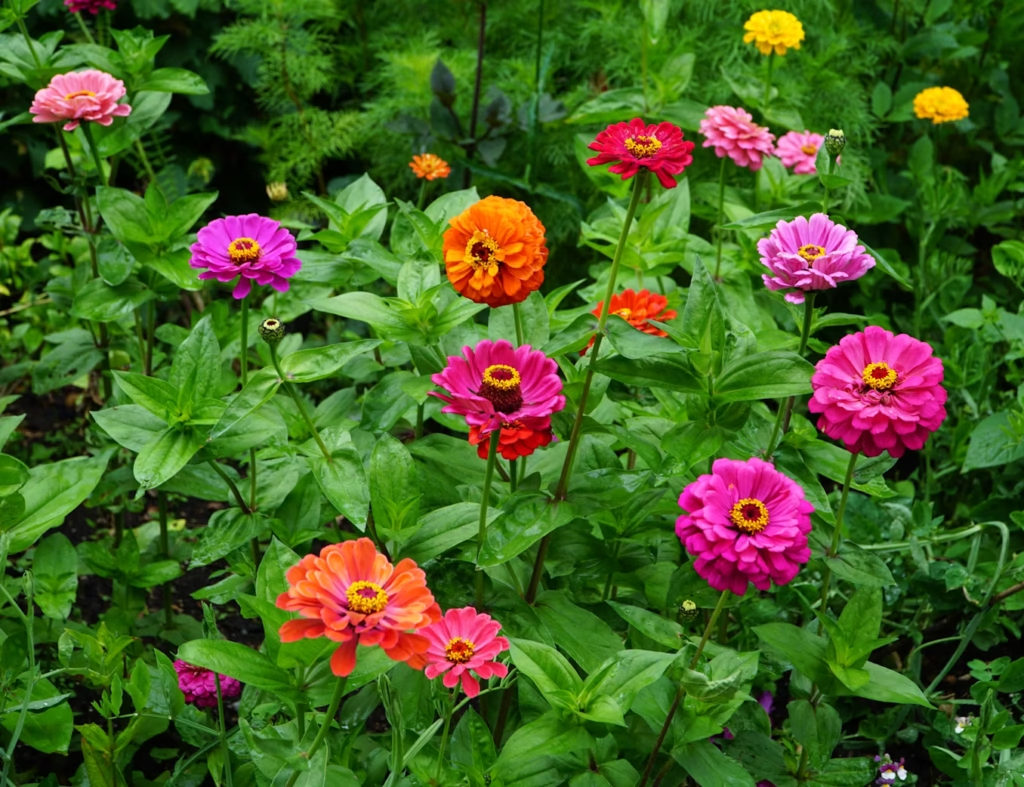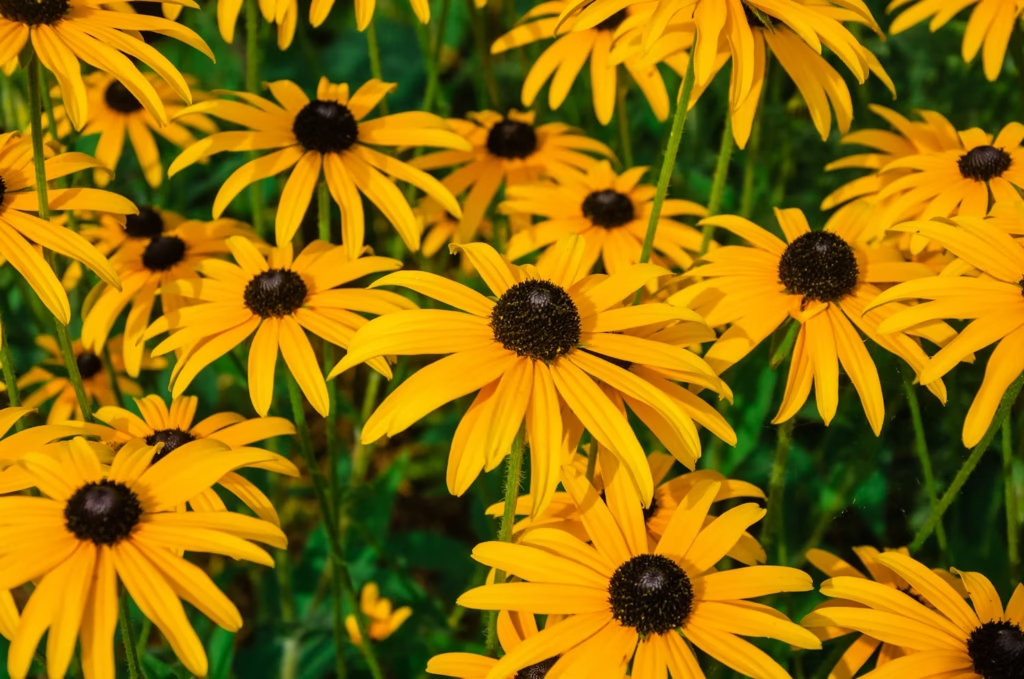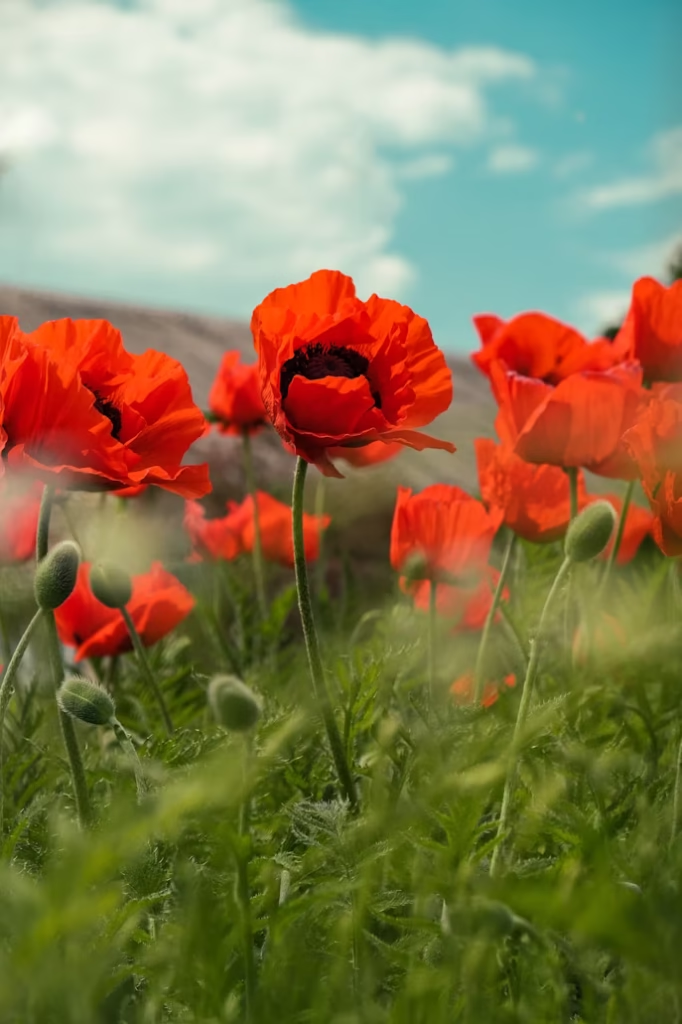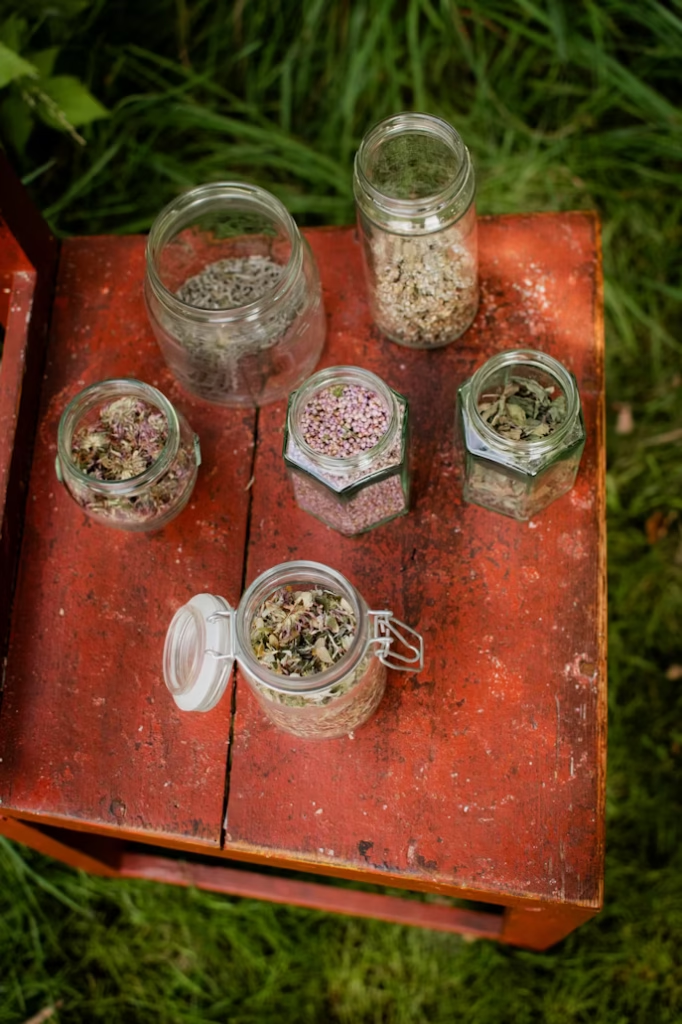
Saving seeds from your garden is one of the most rewarding and practical steps you can take as a gardener. Whether you grow flowers, herbs, fruits, or vegetables, storing seeds gives you a steady supply for the next growing season. Not only does this save money, but it also helps you preserve the best plants from your own garden. However, to get the best results, you need to know how to store seeds the right way. Proper storage keeps seeds viable, prevents mold, and protects them from pests. Let’s walk through everything you need to know about seed storage, from preparation to long-term preservation.
Why Proper Seed Storage Matters
Seeds are living organisms, even though they appear dormant. Inside each seed is an embryo waiting for the right conditions to grow. If you store seeds in poor conditions, they may lose their ability to sprout. Heat, moisture, and light are the main enemies of seeds, as they encourage mold growth or premature sprouting. By learning how to store seeds correctly, you protect your investment of time and effort in the garden. You also ensure strong, healthy plants for years to come.
How to Prepare Seeds for Storage
Before you store seeds, you need to prepare them properly. Start by allowing the seeds to fully mature on the plant. For vegetables like beans, peas, and peppers, this means waiting until the pods or fruits are dry and fully ripe. For flowers, allow seed heads to dry out before collecting them. Once collected, clean the seeds by removing any plant debris, pulp, or husks.
After cleaning, spread the seeds out on a paper towel, screen, or plate in a dry, well-ventilated place. Allow them to air dry for at least a week. Seeds that are not completely dry can develop mold or rot during storage. You can test dryness by bending large seeds; if they snap instead of bending, they are dry enough to store.
Best Containers for Seed Storage
Once seeds are fully dry, choose the right container to keep them safe. The best options are airtight containers that block moisture. Glass jars with tight lids or plastic containers with sealing tops all work well. Paper seed envelopes are also a classic choice because they allow a little air circulation while protecting seeds from light.
For extra protection, many gardeners store their envelopes inside larger airtight containers. This gives you double protection from moisture and pests. If you live in a humid area, add a silica gel packet to your container. These small packets absorb extra moisture and help keep seeds dry.
The Ideal Environment for Storing Seeds
Seeds last longest in cool, dark, and dry conditions. Heat shortens their life span, while moisture can ruin them quickly. The best place to store seeds is in a location with consistent temperature and low humidity. A cool basement, a closet, or even a refrigerator works well. If you choose to use the fridge, make sure your seeds are in airtight containers to prevent moisture from seeping in.
Avoid storing seeds in places with temperature fluctuations, such as garages, sheds, or near windows. These changes can trick seeds into thinking it’s time to germinate, which reduces their viability.
How Long Do Seeds Last in Storage?
The life span of seeds varies depending on the plant. Some seeds, like lettuce, onions, and parsnips, only last one to two years. Others, like beans, tomatoes, cucumbers, and zinnias, can remain viable for four to six years. Larger seeds, such as squash and melons, often last even longer if stored correctly.
To keep track of seed life, label each container with the plant name and the date collected. This simple step prevents confusion and helps you use older seeds before they lose viability.
Using Paper Envelopes for Storage
Paper seed envelopes are a favorite among gardeners because they are easy to label and organize. You can purchase seed-saving envelopes or make your own from craft paper. Write the seed type, variety, and date of collection on each envelope. Place the filled envelopes inside an airtight box or jar for added protection.
Paper allows seeds to breathe slightly, which reduces the chance of trapped moisture. However, because paper is not moisture-proof, always pair envelopes with a secondary airtight container for long-term storage.
Storing Seeds in Airtight Containers
If you want maximum protection, airtight containers are the best choice. Mason jars, small glass bottles, or even resealable plastic containers keep seeds safe from humidity. For long-term storage, add silica gel packets or powdered milk wrapped in tissue to absorb any remaining moisture.
When storing seeds this way, keep the containers in a dark, cool place. Light exposure can damage seeds over time, so avoid clear containers left in sunny spots. If you prefer clear jars for organization, store them inside a box or cabinet.
How to Store Seeds in the Refrigerator
Many gardeners extend the life of their seeds by refrigerating them. The cool, stable temperature of a fridge slows seed aging and preserves viability. To do this, place seeds in airtight containers before storing them in the refrigerator. This prevents moisture from condensation from reaching the seeds.
Keep the seeds in the main section of the fridge rather than the door. The door experiences frequent temperature changes, which can reduce seed life. With this method, many seeds can last up to ten years.
Organizing Your Seed Collection
Once you save and store several types of seeds, organization becomes important. Sorting seeds by plant type or planting season makes it easier to find what you need. Many gardeners use storage boxes with dividers, recipe card boxes, or small plastic bins to group envelopes and jars.
Labeling plays a key role in organization. This gardeners log book is perfect for keeping track of all your seeds. Include the plant name, variety, date collected, and any growing notes. This helps you remember which seeds performed best and which ones you want to grow again.
Checking Seed Viability Before Planting
Even with proper storage, seeds naturally lose viability over time. Before planting older seeds, test them with a simple germination check. Place ten seeds on a damp paper towel, fold it, and put it inside a plastic bag. After a week, check how many seeds sprouted. If most germinate, the batch is still good. If only a few sprout, sow more seeds than usual to ensure a good crop.
Tips to Keep Your Seeds Healthy Year After Year
To make seed storage a success, keep these key tips in mind:
- Always dry seeds thoroughly before storing.
- Use airtight containers with silica gel packets for extra protection.
- Store seeds in a cool, dark, and dry place.
- Label every seed packet or container with plant name and collection date.
- Test older seeds for viability before planting.
With these practices, your seeds will stay healthy and ready to grow when the next season begins.
Conclusion: Enjoy the Rewards of Seed Saving and Storage
Learning how to store seeds is one of the best skills you can develop as a gardener. By saving and storing your own seeds, you not only save money but also carry forward the strongest plants from your garden. With the right preparation, containers, and storage conditions, your seeds can last for years. Every packet of seeds represents a future harvest, whether it’s a bed of colorful flowers, a basket of herbs, or a bumper crop of vegetables. By following these steps, you can enjoy gardening that is more sustainable, cost-effective, and rewarding year after year.
Please be sure to check out my Gardening Blog Post Page for more tips on all types of gardening. Including Seed Saving, Seed Starting, Orchids, Water Gardening, Coldframe Gardening, Indoor Bulb Gardening, Hydroponics, Container Gardening, Mums, Herbs, African Violets, planting Bulbs, Flower Gardening, Vegetable and Fruit Gardening, Indoor Houseplants of all kinds, Bonsai, Cactus, Succulents, Hanging plants, Deer resistant plants and even Bird, Bee, Butterfly and Hummingbird Gardens!

